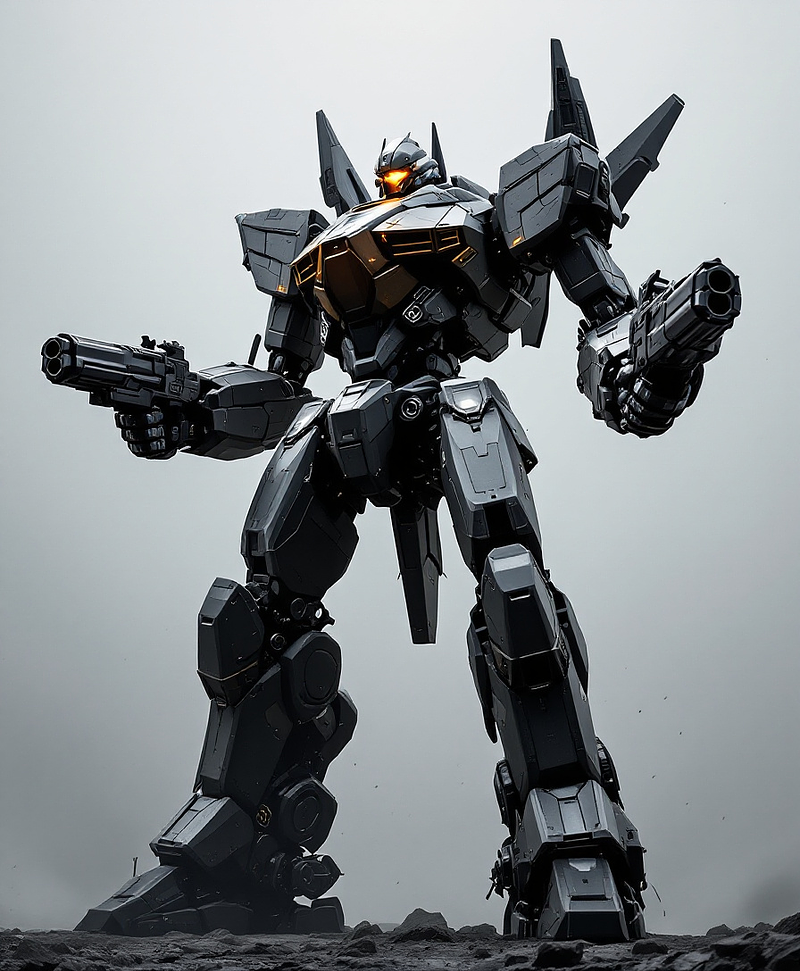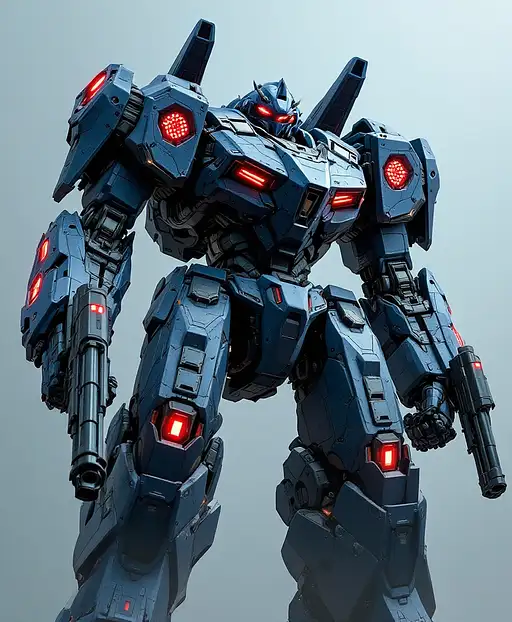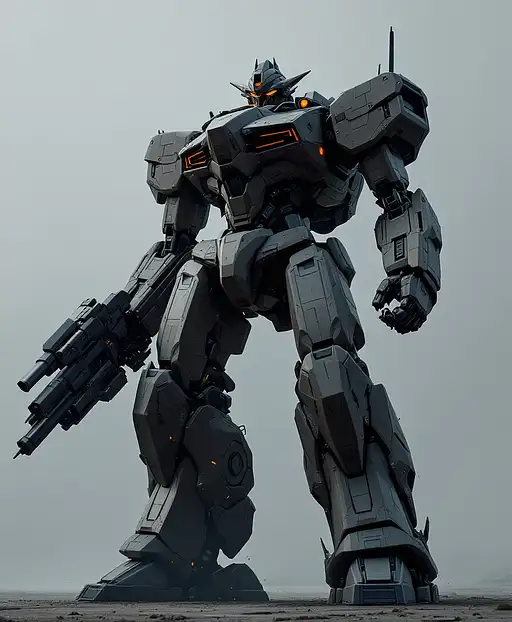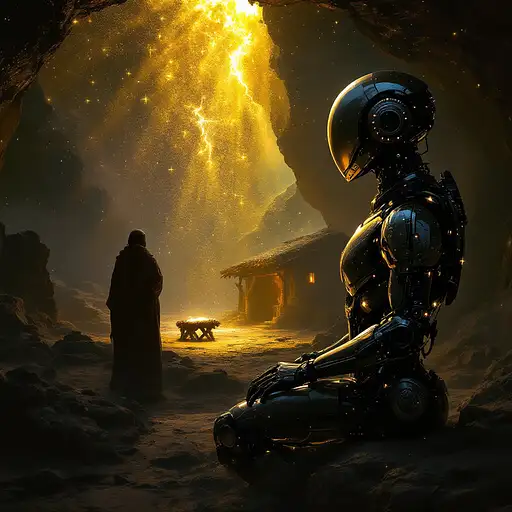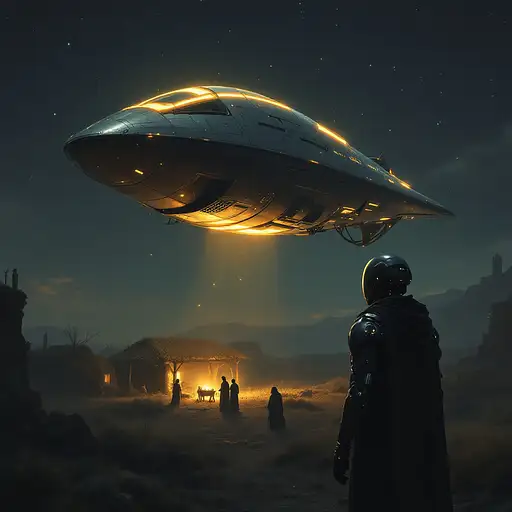
9 months ago
A highly detailed illustration of a medieval knight trudging through a fierce snowstorm in a dense, wintry forest. The style of the artwork is cinematic and semi-realistic, with strong emphasis on dramatic lighting, textures, and atmospheric depth. The knight wears dark, weathered, black armor adorned with scratches and battle scars, the metallic surfaces dulled and lightly coated with frost. His heavy cape, dark and torn at the edges, is whipped violently by the icy wind, adding motion to the otherwise static environment. His helmet’s visor glows faintly from the snow’s reflection, adding a sense of mystery and weight to his presence. The surrounding forest is filled with tall, skeletal trees, their branches bare and coated in snow, reaching upward into a foggy white sky. The snowstorm is dense, with flurries of snow blowing chaotically in the air, partially obscuring distant details. The snow on the ground is deep, with the knight’s boots leaving a clear trail behind him. The lighting is soft and diffused, dominated by cold blue and gray tones, with occasional hints of pale white highlights where the snow catches what little light pierces through the storm. Despite the harsh conditions, the knight’s posture is upright and determined, though visibly strained, as if he is battling against the storm itself. His sword is strapped to his back, partially hidden beneath his flapping cape, and his gauntlets grip the straps of his travel gear tightly. His silhouette contrasts starkly against the muted, frosty background, making him the focal point of the scene. Subtle details enhance the realism: flakes of snow collect on the knight’s armor and in the folds of his cape, and his breath forms small clouds that dissipate quickly in the cold air. The overall mood is harsh yet majestic, capturing the relentless power of nature and the resilience of the lone knight. The illustration should use clean, defined lines for the knight and his armor while blending soft, painterly strokes for the snow and background, creating a harmonious contrast between the sharp details of the knight and the chaotic softness of the storm."
